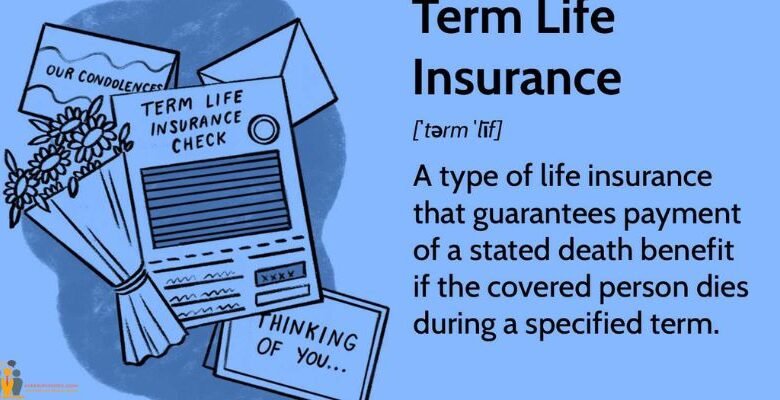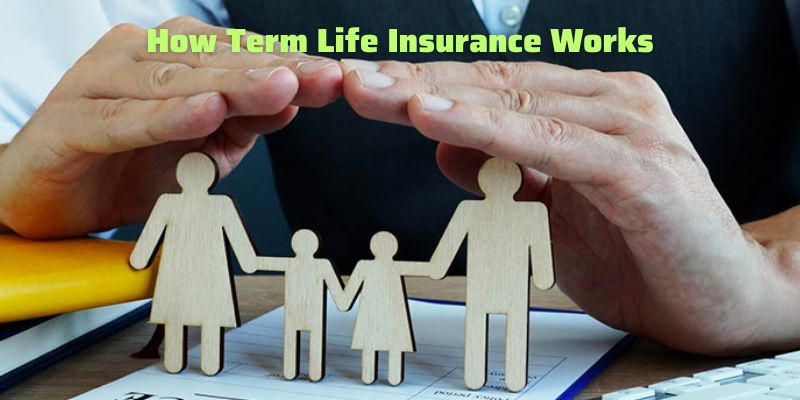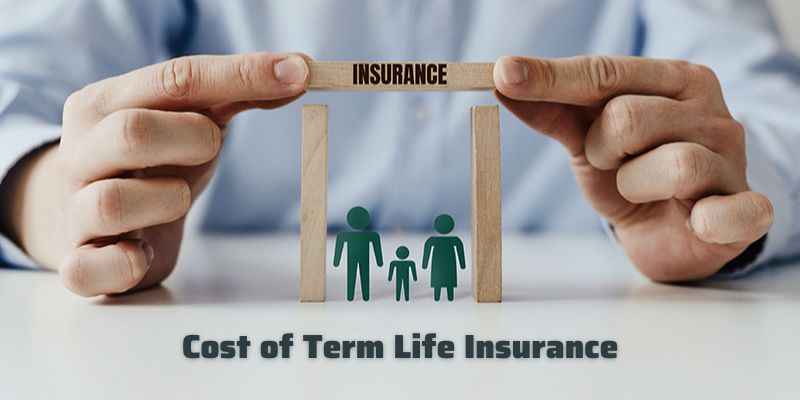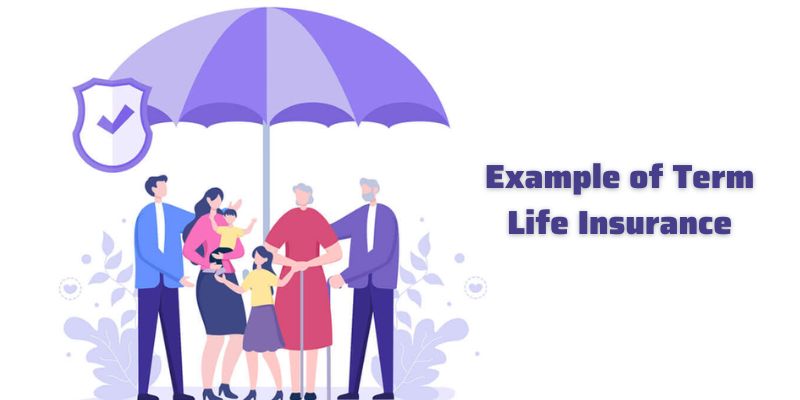Term Life Insurance: What It Is, Different Types

What Is Term Life Insurance? A death benefit from term life insurance pays the policyholder’s beneficiaries over a predetermined period of time.
Once the term expires, the policyholder can either renew it for another term, possibly convert the policy to permanent coverage, or allow the term life insurance policy to lapse. In this article, mrsadvisors.com will explore what is term life insurance?
KEY TAKEAWAYS
- If the insured individual passes away during the designated term, term life insurance assures payment of a defined death benefit to the insured’s beneficiaries.
- These policies have no value other than the guaranteed death benefit and don’t feature a savings component (as is found in permanent life insurance products).1
- The price of term life insurance is influenced by a number of variables, including age, health, and life expectancy.
- Depending on the insurer, it may be possible to convert term life insurance to whole life insurance.
- You can buy term life insurance plans that last 10, 15, or more years, and you can typically renew them for another term.
How Term Life Insurance Works

When you buy a term life insurance policy, the insurance company determines the premium based on the policy’s value (the payout amount) and such factors as your age, gender, and health. The company’s operating costs, the return on its investments, and the mortality rates for each age group are additional factors that affect rates.
Occasionally, a medical examination could be necessary. Your driving history, current medications, smoking status, career, interests, family history, and other details could also be requested by the insurance company.
The insurer will pay the face amount of the insurance to your beneficiaries if you pass away during the term of the policy. Beneficiaries may utilize this cash benefit, which is normally not taxable, to pay for your funeral and medical bills, consumer debt, mortgage debt, and other obligations. However, beneficiaries are not compelled to pay off the deceased’s debts with the insurance proceeds.
There will be no reimbursement if you survive past the policy’s term or the policy expires before your death. You might be able to renew a term policy when it expires, but the premiums will be recalculated based on your age at that time.
Cost of Term Life Insurance

Due to its limited period death benefit and lack of a cash value component that permanent insurance includes, term life insurance is typically the least expensive option. For instance, according to data from Insureon, a healthy, non-smoking, 30-year-old man may, as of February 2023, pay an average of $30 per month for a 30-year term life insurance policy with a $500,000 death benefit. The monthly premium would increase to $138 at age 50.
Here are the prices for a $500,000 whole life insurance policy, which is a permanent insurance kind that covers you forever and has cash value. As you can see, the same healthy 30-year-old male would pay $282 on average per month. He would pay $571 at 50.
Most term life insurance policies expire with no death benefit paid out. This lowers the overall risk to the insurer compared to a permanent life insurance policy. One aspect that enables insurers to charge lower premiums is the lessened risk.
Interest rates, the insurance company’s financial situation, and state regulations may all have an impact on premiums. At the “breakpoint” coverage levels of $100,000, $250,000, $500,000, and $1,000,000.00, businesses frequently offer better rates.
Example of Term Life Insurance

George, 30, wants to protect his family in the unlikely event that he dies too soon. He purchases a 10-year, $500,000 term life insurance policy for $50 per month.
If George passes away within the ten-year period of the insurance plan, the beneficiary will get $500,000 from the insurance company. If he passes away after the policy’s expiration date, his beneficiary won’t be compensated. If he decides to renew the insurance after 10 years while still alive, the premiums will be higher since they would be based on his current age of 40 rather than his initial age of 30, which is a higher age.
If George is given a terminal diagnosis during the first policy term, he most likely won’t be eligible to renew the insurance when it expires. Certain insurance policies do provide assured re-insurability (without requiring proof of insurability), but these features are more expensive.
Types of Term Life Insurance
There are several different types of term life insurance. Which one is better will depend on your particular circumstances. The majority of businesses typically provide durations between 10 and 30 years, however a handful even offer 35- and 40-year terms.
Level Term or Level-Premium Policy
For the duration of the policy, level-premium insurance has a fixed monthly payment. The form of term life insurance we’ve been discussing for the most of this post often has a level premium. As we previously indicated, this kind of policy typically offers protection for a time frame ranging from 10 to 30 years. Furthermore, the death benefit is set.
The level premium is comparatively more expensive than annual renewable term life insurance since actuaries must take into consideration the rising expenses of insurance over the course of the policy’s effectiveness.
Yearly Renewable Term (YRT) Policy
Policies having a one-year term that can be renewed annually without submitting proof of insurability are known as YRT policies.
As the insured person matures, the premiums rise yearly. Thus, as the policyholder matures, the premiums may become unaffordable. But if you need temporary insurance, they might be a decent choice.
Decreasing Term Policy
These plans follow a predetermined timetable in which the death benefit is reduced yearly. The insurance policyholder pays a continuous, flat premium for the duration of the insurance.
Decreasing term plans are frequently used in conjunction with mortgages, with the policyholder matching the insurance payout to the loan’s diminishing principal.
Benefits of Term Life Insurance
Term life insurance is popular with newlywed families with children. Parents can purchase comprehensive coverage for a reasonable price, and should the insured pass away while the policy is in existence, the death benefit will be used to replace lost income for the family.
Additionally, these procedures would be advantageous to individuals who are growing their families. They can continue to provide the coverage required, for instance, until their kids are adults and able to support themselves.
The term life benefit can be beneficial to an older surviving spouse as well. The cost of insurance is higher for those who wait until they are older to apply than it would be if they had purchased a level-term policy when they were younger.
For their term life insurance coverage, each insurance provider establishes a limit age. This is typically between 80 and 90 years old.
Conclusion: So above is the Term Life Insurance: What It Is, Different Types article. Hopefully with this article you can help you in life, always follow and read our good articles on the website: mrsadvisors.com





